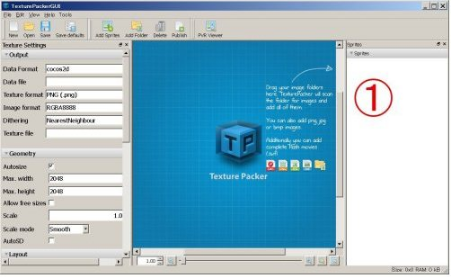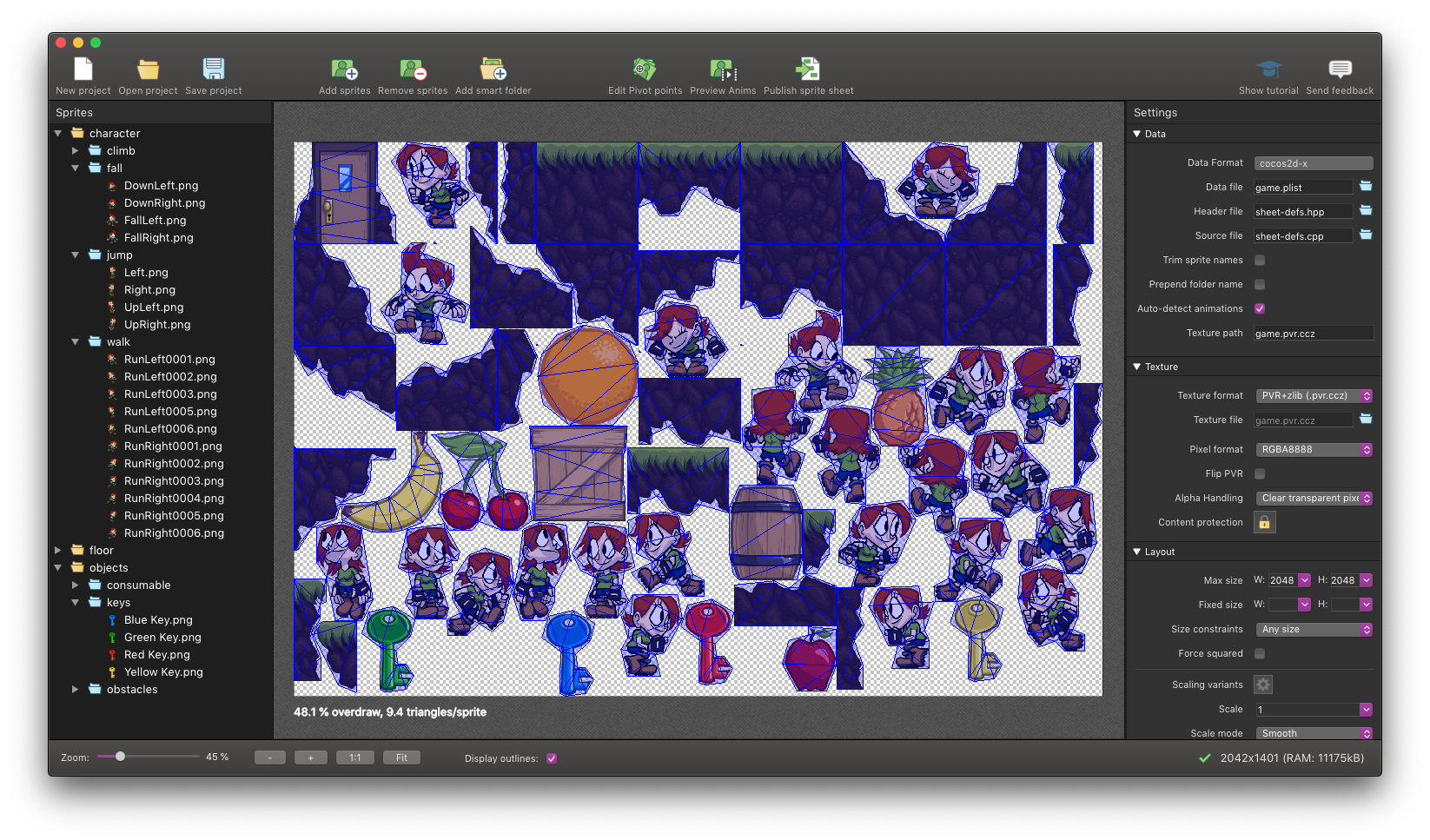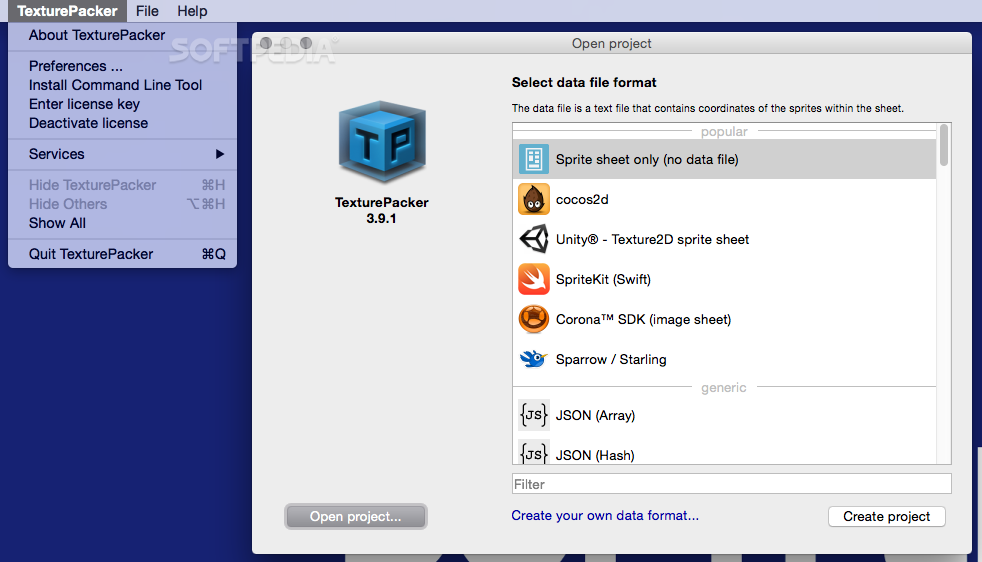

- #Texturepacker failed to load image how to
- #Texturepacker failed to load image install
- #Texturepacker failed to load image update
- #Texturepacker failed to load image upgrade
Now, click the Add Folder button in the top toolbar and choose the TextureFun/TextureFun_Art/sprites folder. Agree to the license prompt and when you see the first popup that appears, choose “Test Pro for 1 week” to continue.
#Texturepacker failed to load image install
When you download the DMG, and open the package and agree to the license, drag the TexturePacker icon to the Applications folder and follow the prompts to install Texture Packer on your machine.Īfter you finish installing, click on Texture Packer in your Applications folder to run it. There is a lite version that will work for this tutorial but you will quickly see the advantages of this great tool and want to use the full featured version. The first thing you need to do is download a copy of Texture Packer. Ok, now that you have a project template and some sample art to work with, time to make a sprite sheet using Texture Packer! Creating a Sprite Sheet with Texture Packer Download this sample artwork I gathered together, and after you unzip it, drag the entire directory as a subfolder of your TextureFun project source code folder, as shown in the image below. Next, you’ll need some images to make the sprite sheets. Expand the dropdown and select only the last four files ( main.m, AppDelegate.m, HelloWorldLayer.m, and IntroLayer.m), then click Check and finish the steps of the wizard. Just go to Edit\Refactor\Convert to Objective-C ARC. You are going to use ARC in this project, but by default the template isn’t set up to use ARC. Once you’ve got that installed, start up Xcode and make a new project with the iOS\cocos2d v 2.x\cocos2D iOS template, and name the project TextureFun. So first make sure that you have the latest “unstable” version of Cocos2D v2.x installed. Like I said, even though this is a Texture Packer tutorial, I wanted to show you an example of this working in an actual game, so we’ll be using Cocos2D for that. If you’re curious to learn more about Cocos2D, check out some of our other Cocos2D tutorials. If you are new to Cocos2D, you can still follow along with this Texture Packer tutorial, but there may be some missing gaps in your knowledge about Cocos2D itself as the focus will be on TexturePacker.
#Texturepacker failed to load image how to
This Texture Packer tutorial will show you how to use Texture Packer to create and optimize sprite sheets in your games, using a Cocos2D 2.X game as an example.Īlong the way, you’ll learn how to use pixel formats and Texture Packer wisely to make sure your games launch quickly, run smoothly, and use as little memory as possible – while still looking good! When making 2D games, it’s important to combine your sprites into large images called sprite sheets, in order to get the best performance for your games.Īnd Texture Packer is a great tool that makes it extremely easy to generate these sprite sheets – with the click of a button.
#Texturepacker failed to load image update
Update : Fully updated for Cocos2D 2.1-rc0a, Texture Packer 3.07, and Modern Objective-C style (original post by Ray Wenderlich, update by Tony Dahbura). Resources.Optimize texture usage with Texture Packer and Pixel Formats! You just need to pass in the path relative to resources directory, and the end of the path must not contain the file extension. Usually we will place the resources that need to be dynamically loaded in the project in the resources directory, along with interfaces such as resources.load to load them dynamically. Native engine memory leak detection systemĪsset Loading Dynamic loading of resources Getting Started Example - First Data InteractionĬalling the Engine API and Project Script


Resource Management Considerations - meta files
#Texturepacker failed to load image upgrade
Upgrade Guide: Particle from v3.5.x to v3.6.0īuild a Scene Image Using the Scene PanelĬustom Materials for 2D Rendering ObjectsĭragonBones ArmatureDisplay Component ReferenceĬreate a List of Dynamically Generated ContentĬreating Animation Components and Animation Clips Upgrade Guide: Effect from v3.5.x to v3.6.0 Cocos Creator 3.5 Native Built Project Upgrade GuideĬocos Creator 3.6 Native Built Project Upgrade GuideĬocos Creator 3.6.0 Build Template and settings.json Upgrade Guide


 0 kommentar(er)
0 kommentar(er)
